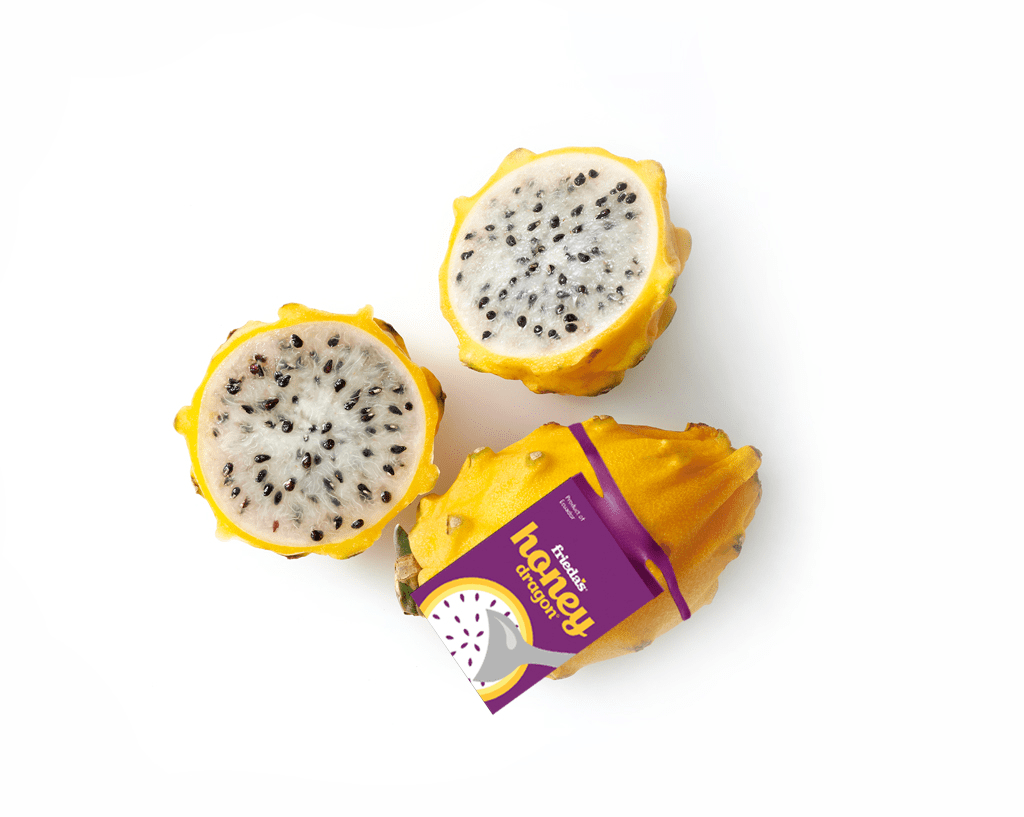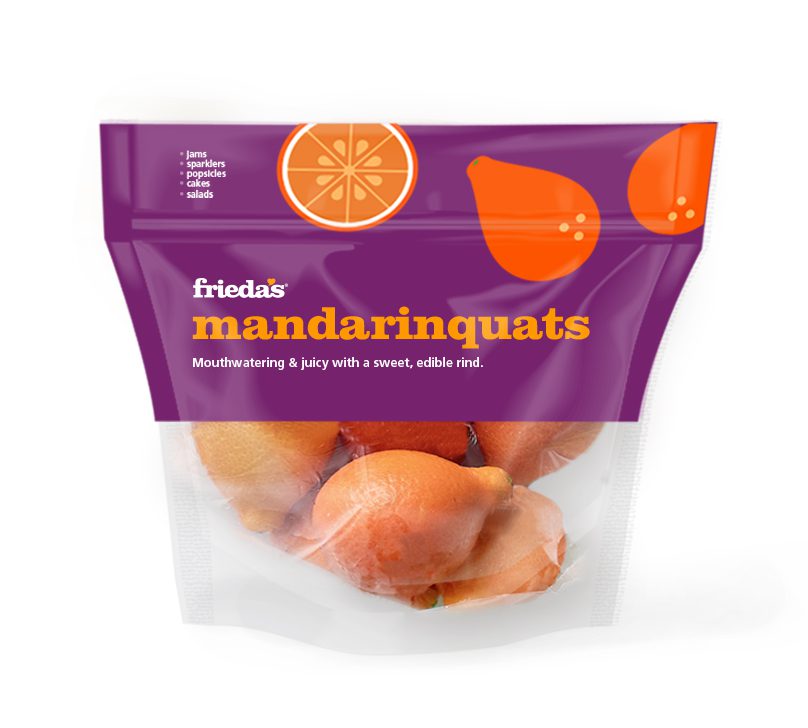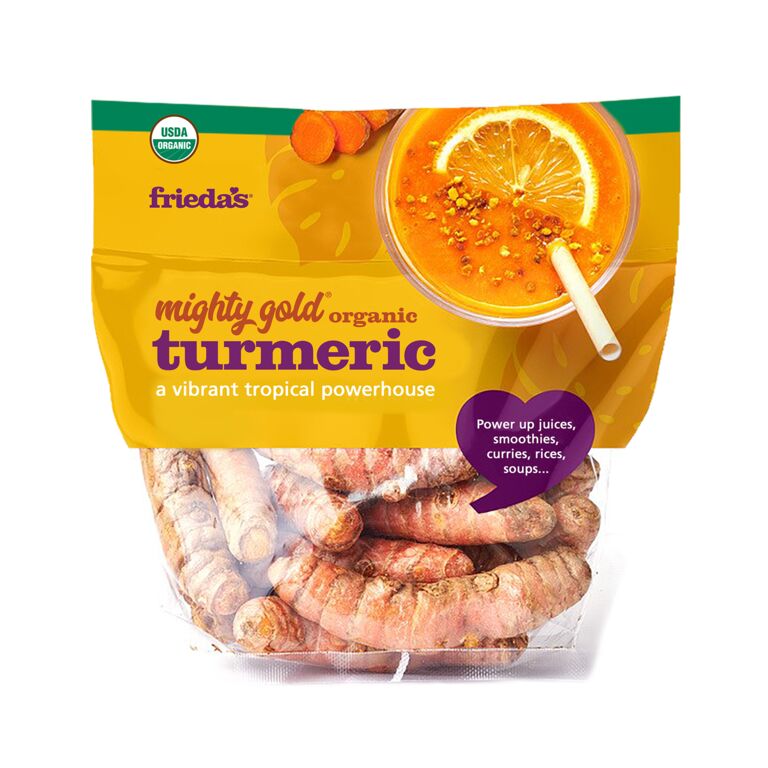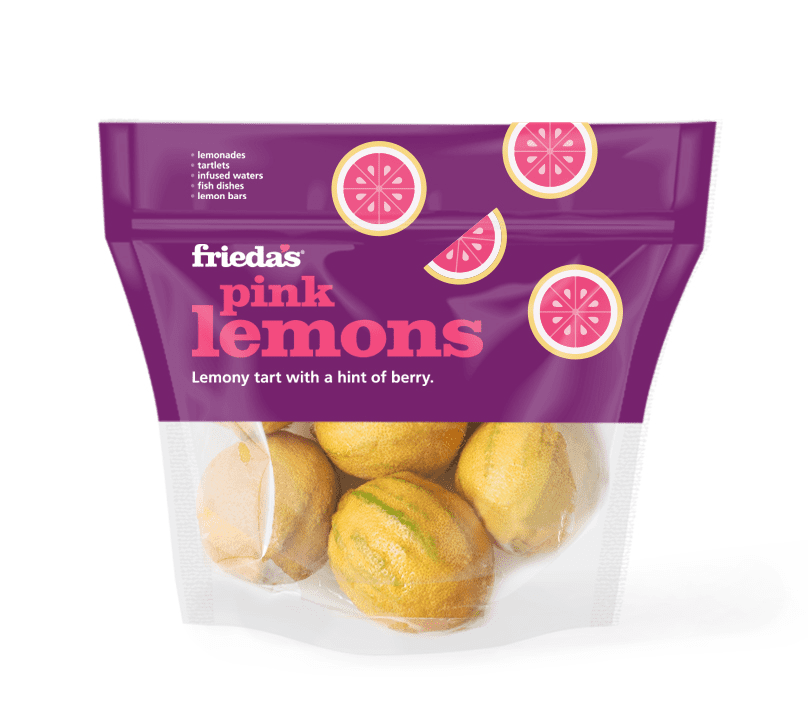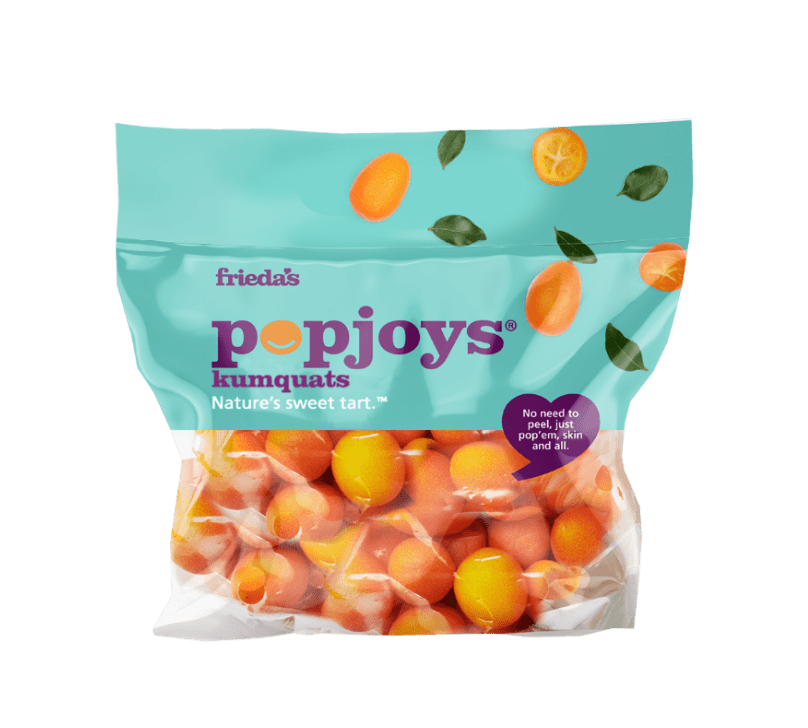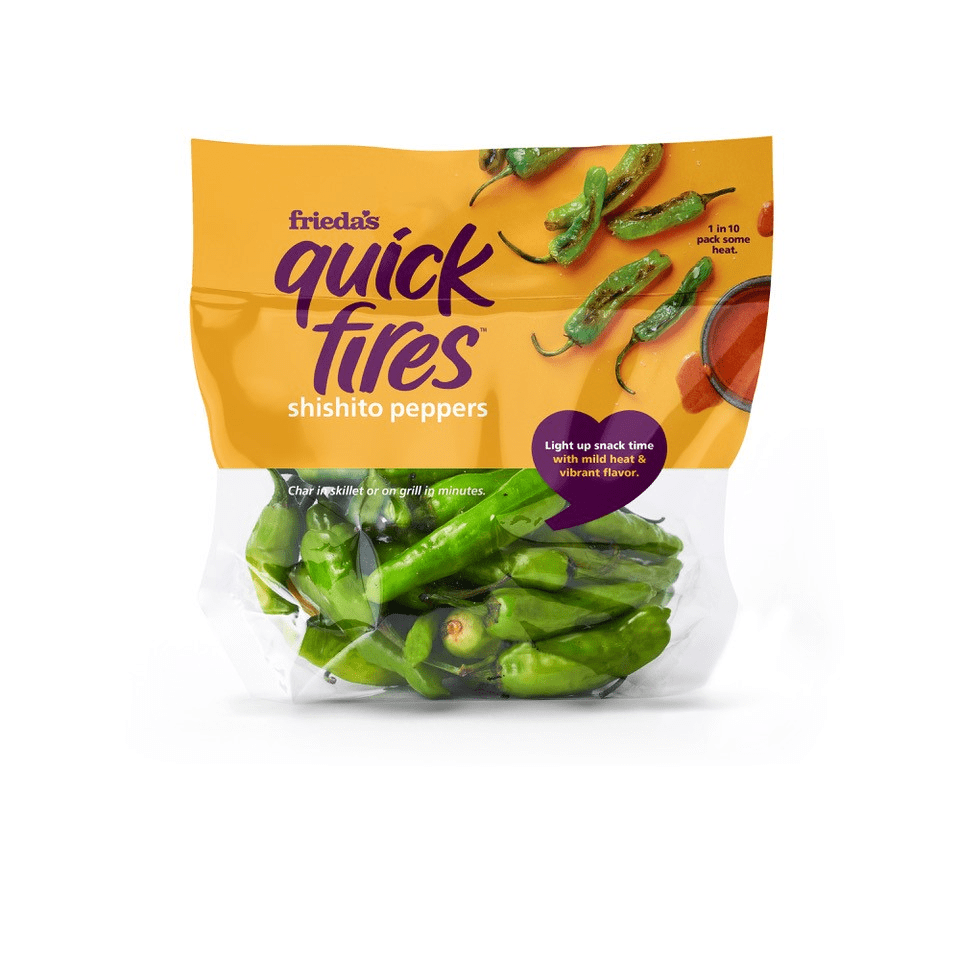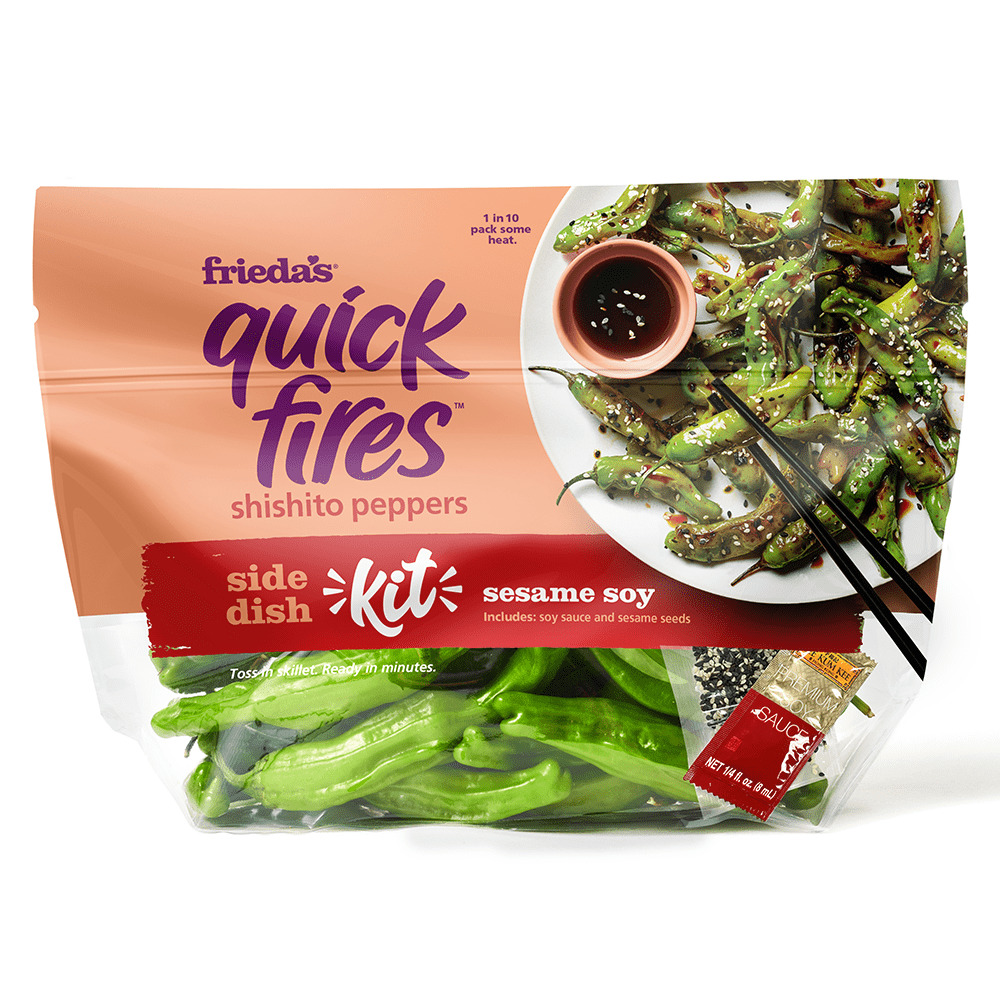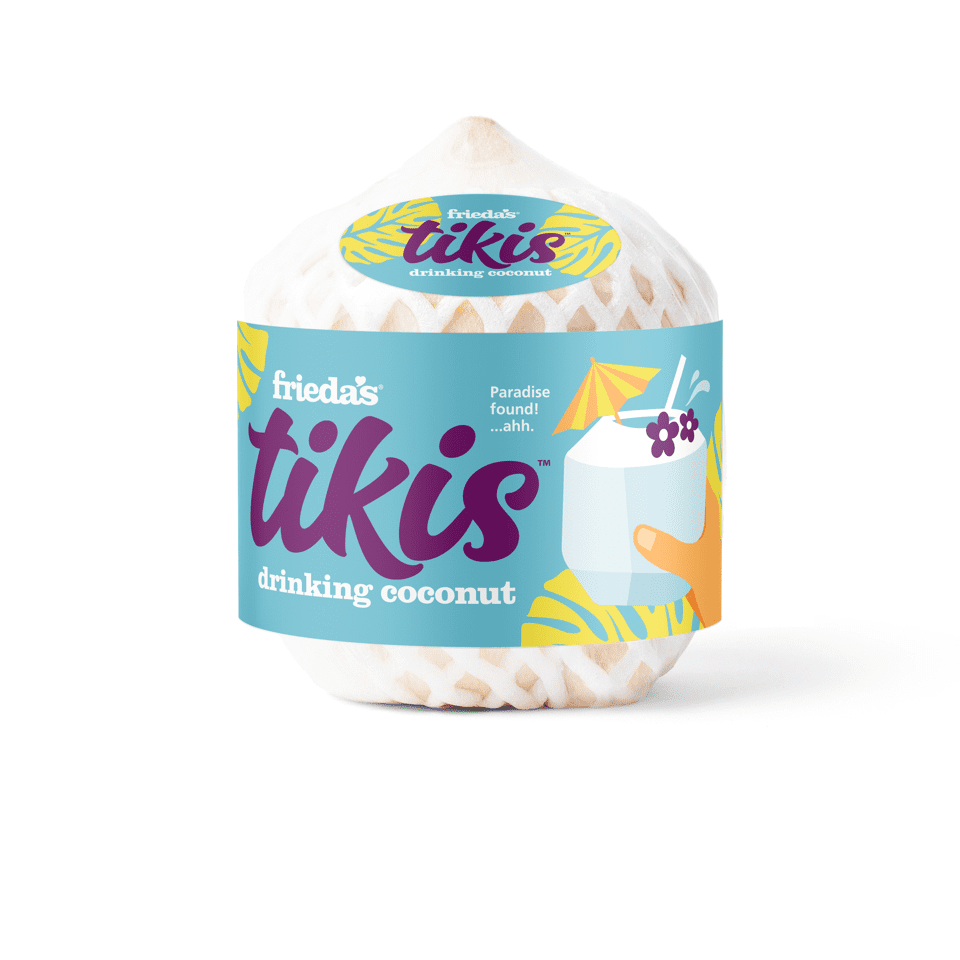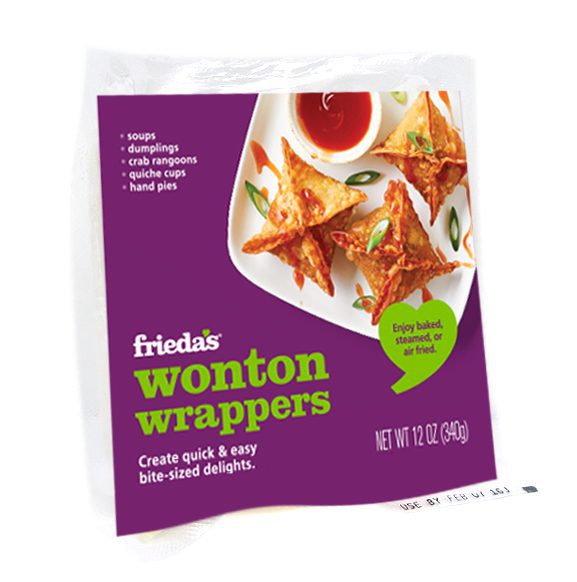Ever wonder exactly what dragon fruit is? With the cultural fascination of dragons (think “Game of Thrones,” The Hobbit, “How to Train your Dragon”), it’s no wonder that the produce spotlight would be turned to this funny-looking tropical fruit reminiscent of flame throwing. But what is dragon fruit? What do you do with it, and how are the different varieties, well, different? Look no further than this ultimate dragon fruit guide. Spoiler alert—there is a dragon in this fairy tale.
Step #1 – Go dragon hunting
Dragon fruit, also known as pitaya, is a beautiful tropical cactus fruit that is a cousin to the cactus pear. Although it is the fruit of a cactus, it does not have any spines or needles on the outer skin. Originally grown in Mexico and Central America, today it can be found growing all over the world in places like Ecuador, Israel, Vietnam, Nicaragua, California and Florida. Dragon fruit tastes like a combination of kiwifruit and pear, and different varieties have different flavors and sweetness levels (more to come on that). This stunning cactus fruit is speckled with edible seeds and the flesh is high in water content, making it the perfect summer fruit.
Dragon fruit is known for containing prebiotic fiber to promote gut health, specifically encouraging the growth of the probiotics lactobacilli and bifidobacteria. Not to mention, dragon fruit also contains multiple classes of antioxidants including flavonoids, phenolic acid, and betacyanin. Plus, the fruit has small amounts of several other key nutrients including vitamin C, iron, magnesium, protein and calcium. More on that here.
Dragon fruit is available year-round, but different varieties may be available at different times of the year. To extend the shelf life of these beauties, you can scoop out the flesh and freeze it.
There are many different kinds of dragon fruit that come in a variety of shapes, sizes, sweetness and flavor profiles, and color combinations—ranging from red skin/white flesh to red skin/red flesh to yellow skin/white flesh. Let’s take a closer look:
Red skin/white flesh
The most common dragon fruit variety, this dragon fruit has red skin with white flesh and black seeds. It has an earthy flavor and is the least sweet of all dragon fruit varieties. This type of dragon fruit is extremely popular in Asian cuisine and is used for summer refreshment, mealtime palate cleansers and snacking. We love how this dragon fruit comes in its own bowl—simply scoop out the flesh, dice it up and add it back in with berries and melon for a beautiful fruit salad. This type of dragon fruit is typically available year-round and is the most widely grown worldwide.
Red skin/red flesh
A favorite of ours, red dragon fruit is the most striking with bright magenta flesh. The flavor is sweeter than the white-flesh variety, with a hint of berry. Red-flesh dragon fruit is commonly found growing in Nicaragua where it is magically fertilized in the rich volcanic soil, making it more flavorful and sweet. Compared to the red skin/white flesh variety, red dragon fruit is round with small leaves aka “bracts.” Red dragon fruit is also grown in Israel where it is smaller and looks different than its other friends––much like a giant, pink pine cone.
Just a little bit of red dragon fruit will go a long way. It is terrific in cocktails and popsicles, but you’ll need to rinse your cutting board immediately after because that delicious red juice likes to flow (it can stain your hands or any light-colored surfaces). This dragon fruit is usually available from summer into fall.
Yellow skin/white flesh
This is the sweetest of all dragons! The inside is almost translucent and the seeds are larger than in other varieties. This yellow dragon fruit is commonly grown in Ecuador. The bracts on this vibrant yellow variety are smaller and less leafy than on its red-skinned counterparts. We call this the “gateway” dragon fruit, since it is the sweetest and most flavorful. One bite and you’ll be hooked! We love this one in fresh, fruity salsa that pairs well with fish, or just eat it straight out of the skin with a spoon. Yellow dragon fruit is usually available in bursts throughout most of the year.
Step #2 – Know a dragon when you see it
What’s the difference between dragon fruit and pitaya?
The actual name pitaya, or pitahaya (they are interchangeable), stems from the Latin American heritage of this beautiful exotic fruit. This tropical fruit is native to Central America (dating back to the 13th century). However, it made its way to Vietnam and Malaysia (probably because of its popularity with Asian consumers), where it is now widely grown. We’ve heard that the Vietnamese name, “thang loy,” somehow translates into the English words “dragon fruit.” In Israel, where the fruit is commercially grown and then imported into the U.S., growers like to call it “pitaya” or “pitahaya,” while Vietnamese growers label theirs “dragon fruit,” thus the different names.
So, whether you see them called pitaya, pitahaya, or dragon fruit, they are all basically the same fruit.
Step #3 – Befriend the dragon
Dragon fruit is extremely versatile. Its refreshing nature is perfect for smoothies and smoothie bowls— ideal warm-weather breakfasts.
Because the flavor is so neutral, it is a nice fruit complement to other fruits that like to steal the flavor show including berries, pineapple, citrus and açai. That means dragon fruit was destined for fruit salads and spicy salsa. You can even grill it, in fact, we “heart” these grilled tropical fruit kebabs.
But don’t end the day there! Dragon fruit is the perfect garnish for cocktails and can add a beautiful decorative flourish to any dessert. We also love it in sorbet.
So go forth, hunt for your dragon and let us know what you find!
To check out more of our Ultimate Guides, click here, here and here.





